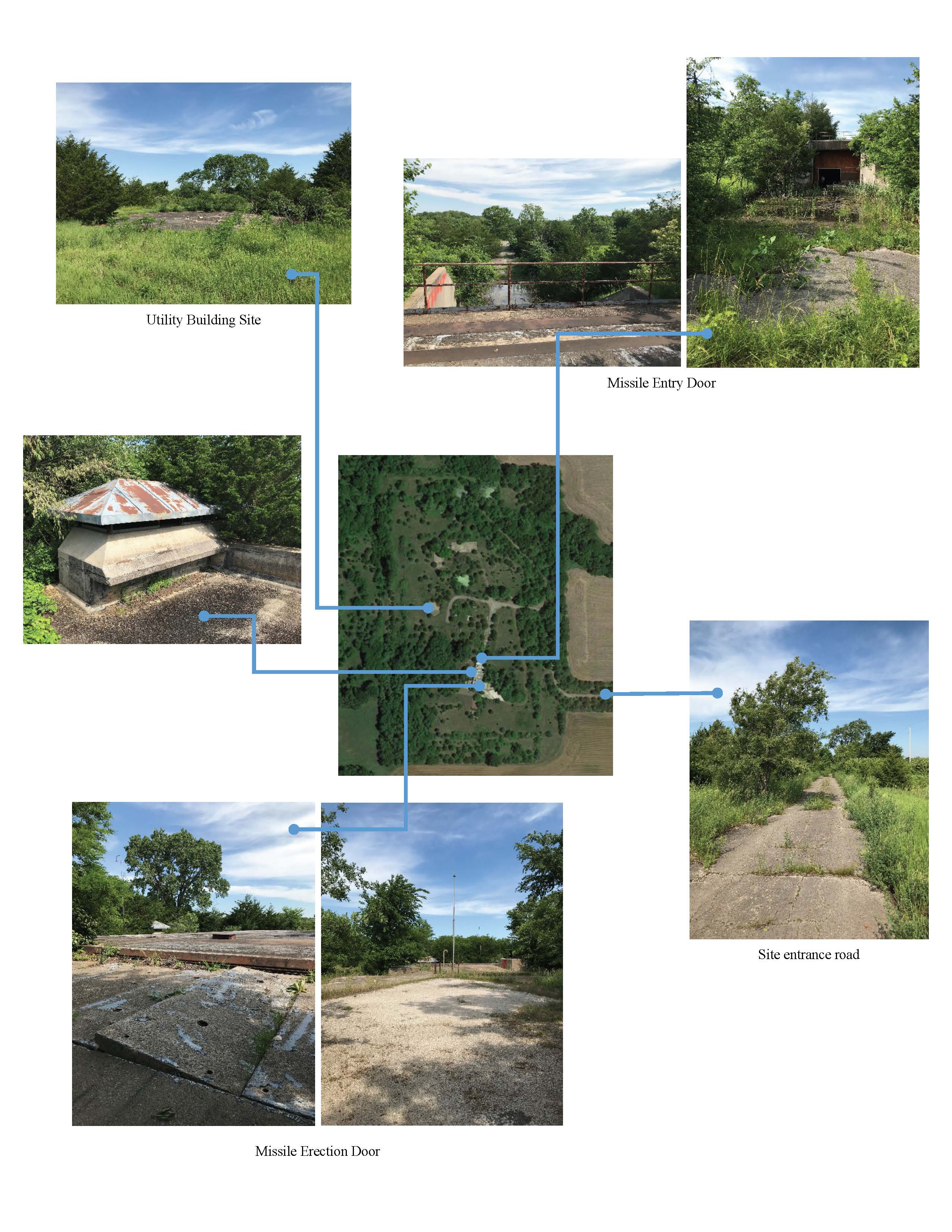The Past and Present of Rural Missile Sites
Throughout the Cold War, the United States and the Soviet Union sought to outpace each other in the development of weaponry and nuclear power was at the center of this arms race. In particular, each nation developed inter-continental ballistic missiles (ICBMs) meant to strike at the heart of the other country, targeting military installations as well as cities, which made them particularly frightening.
The United States and the Soviet Union reached a point where any attack from one country could provoke a response in kind, leading to the obliteration of both countries. Therefore, by keeping up with the other nation’s arms buildup, both countries believed that they could deter their enemy from attacking them. This doctrine was known as “mutually assured destruction.”
During the first decades of the Cold War, Atlas missiles were at the heart of the American arsenal. The first ICBMs developed by the US Air Force, they were equipped with nuclear warheads and had a range of about 8,700 miles. Such missiles were stored in underground silos throughout the country, ready to be deployed at a moment’s notice. In the Midwest in particular, such installations dotted the countryside and one can still find their vestiges to this day. They were later replaced by more advanced ICBMs, namely Titan and Minuteman missiles, some of which are still in use today.

Minuteman Missile Fields in the United States during the Cold War and after. The areas in black are missile fields that have been deactivated, the areas in red show missile fields that are still active. National Park Service.
In the 1950s, the military developed six versions of the Atlas missile. The ones deployed around Topeka, Kansas, were under the control of the 548th Strategic Missile Squadron, based at Forbes Air Force Base, which operated 9 missile sites in the area until they were decommissioned in 1965. One of the sites was located south of Lawrence, Kansas, near the town of Worden.

Atlas site near Worden, KS, 1962. Wikimedia Commons.

Overview of a typical launch complex. Operational Manual USAF Model CGM-16E Missile Weapon System.
Today, weeds, bushes, and trees cover nearly the entire site and frogs cheerfully leap into the pond that has formed in front of the entry door to the old missile bay. At first glance, it appears that the site, once at the forefront of the nation’s nuclear arsenal, has been reclaimed by nature. Yet is still possible to recognize a few of the launch facility’s features, such as the different buildings and the doors that allowed the missile to be launched. These remnants speak to the profound environmental impact of the nuclear arms race, one that can still be felt today.
Marjorie Galelli
University of Kansas

The remains of the Atlas site near Worden, KS in 2020.